Video What Makes a Good Reservoir to Inject and Store CO2?
Learn from Science Rob how rock porosity and permeability help us understand and optimize carbon storage.
Differentiated technologies and expertise to optimize your carbon capture and lower costs


CO2 is rarely accessible as a standalone molecule to capture and store underground. Instead, it’s usually mixed with other gases produced in industrial processes. So, the ability to capture CO2 from different effluent gas streams is key. Additional challenges include high energy consumption, complex systems integration, infrastructure footprint, and the handling of contamination in gas streams—all resulting in higher capex and opex.
Leveraging our expertise, SLB is building a broad and highly differentiated carbon capture portfolio that covers a wide range of emissions streams. This includes solutions across a broad variety of industrial emissions and those for typically hard-to-abate and dilute CO2 streams. Through our technology leadership and unique commercial models, we improve your capture performance while lowering costs.
SLB and RTI International have partnered to industrialize and scale up an absorption-based carbon capture technology. The proprietary nonaqueous solvent (NAS) can be applied across a broad range of industrial sectors—from cement and steel manufacturing, coal and gas power generation, chemicals, and hydrogen.
With low energy consumption, simple process configuration, low corrosion chemistry, and fast reaction rates, NAS technology reduces energy consumption by up to 40% during CO2 capture and minimizes both capex and opex compared with traditional solvents.

Reduces regeneration energy demand through advanced chemistry
Removes the need for complex energy integration and recovery schemes
Eliminates the need for high-grade corrosion-resistant alloys
Speeds up molecular processes to reduce carbon residence time and equipment size

SLB has been removing CO2 from natural gas streams since the early 1980s with our Cynara H2S and CO2 separation membranes. Cynara membranes have a proprietary membrane design with the most efficient surface area in the market, which is critical for scaling CO2 separation and capture. This provides higher-efficiency CO2 separation without chemicals, reducing cost and environmental impact while delivering a track record of 99% uptime. Cynara membranes also reduce embodied carbon by up to 50% compared with alternative methods of acid gas removal and minimize emissions by 30% to 50% when compared with amine sweetening.
The higher hydrocarbon retention from Cynara membranes versus alternative membranes enables CCUS for high-purity CO2 outlet streams, further reducing emissions intensity.
99%
Up to 50%
30%–50%

Integrated solutions for selecting, planning, constructing, operating, and monitoring carbon storage sites. View
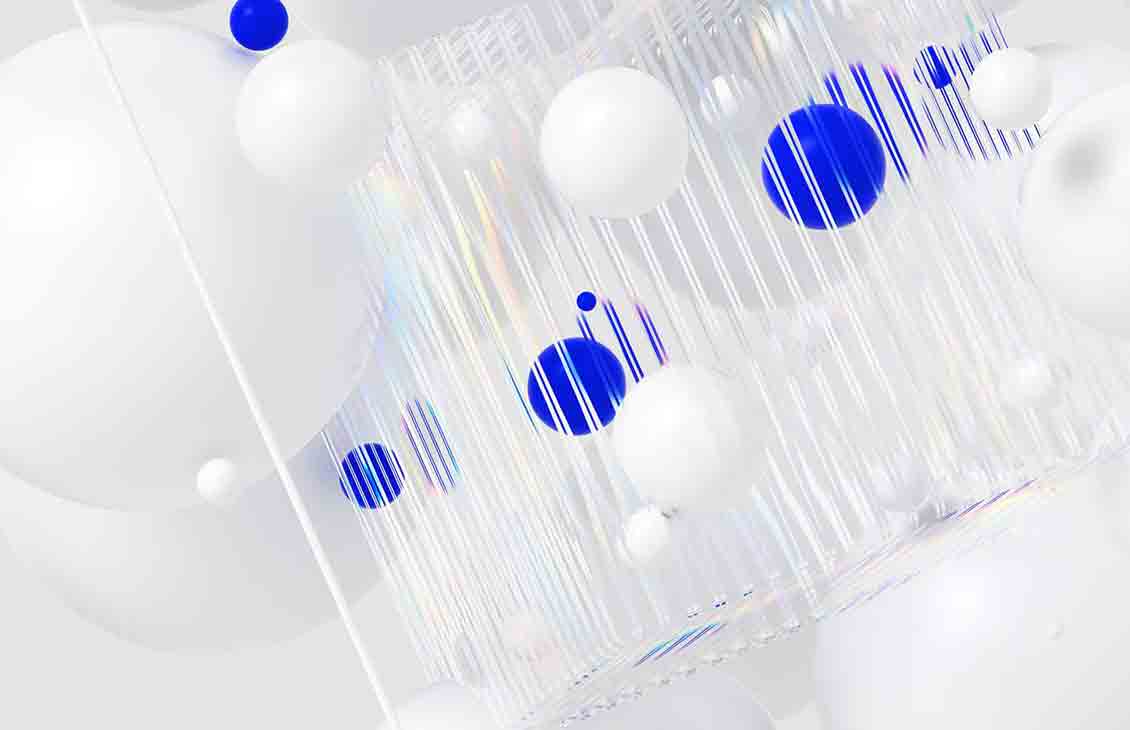
SLB’s bold approach to a practical and viable carbon abatement solution. View

Processing systems knowledge and intelligent software to help determine the capture technology fit for you. View

Captured carbon only goes as far as delivering it with the highest safety and optimization in mind. View
This virtual course will familiarize management personnel across industries about CCUS. Topics include a discussion on the global outlook for CCUS, integrated workflows for projects, key technologies, case studies, and more.
Watch as our SLB experts discuss the challenges facing the CCUS industry and how we’re poised to ensure your project’s success.
This webinar discusses the critical stages to planning and implementing successful CCUS projects. It also presents case studies and talks about how SLB evolved its technology portfolio to support CCUS.

Projects fit to your objectives using consultancy, partnerships, and flexible business models. View
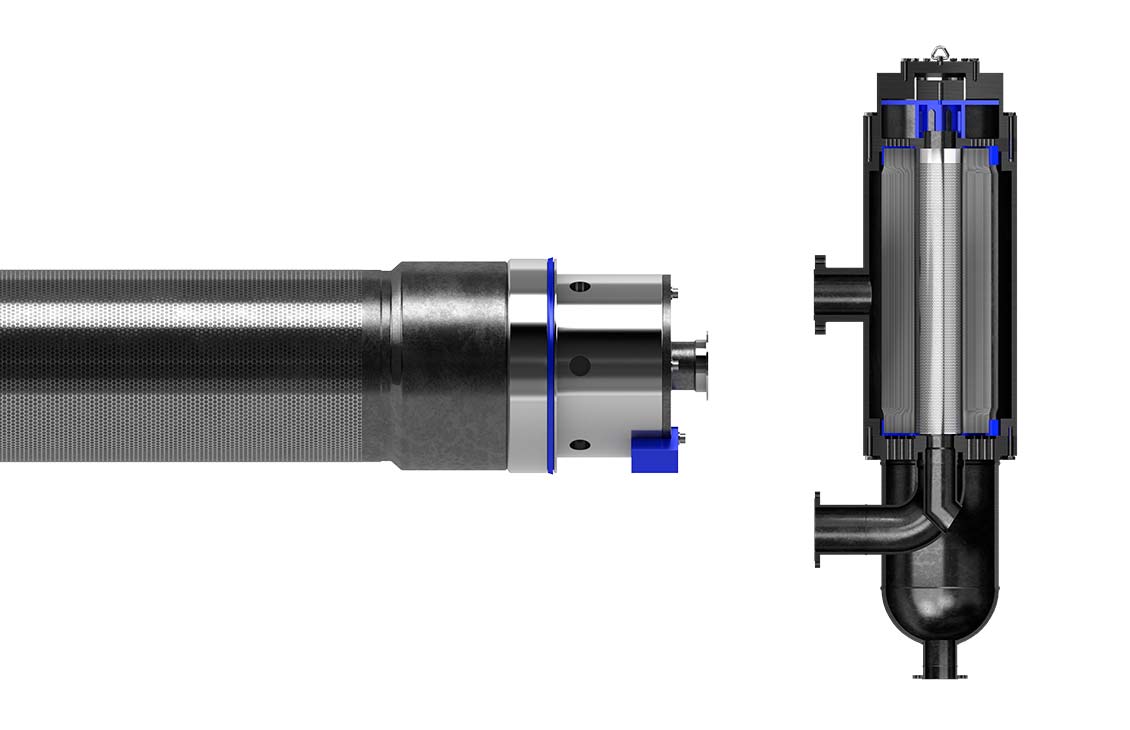
Separate acid gases from produced natural gas without chemicals. View
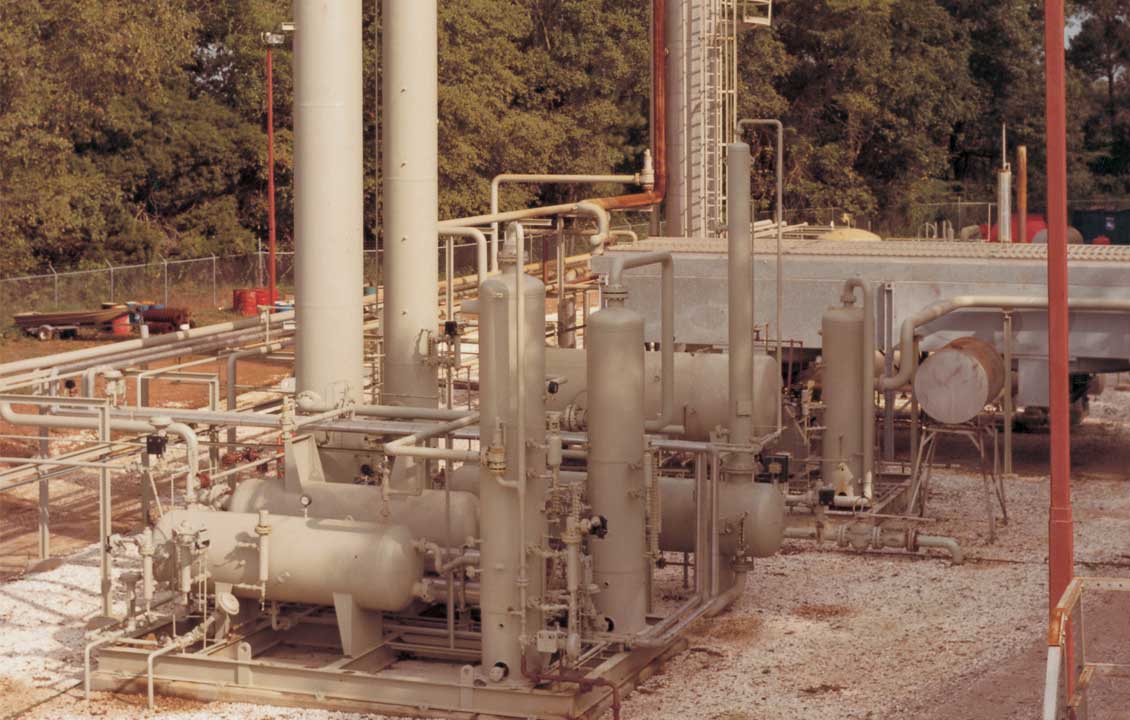
Prepare natural gas for transport and use by removing CO2, H2S, and mercaptans. View
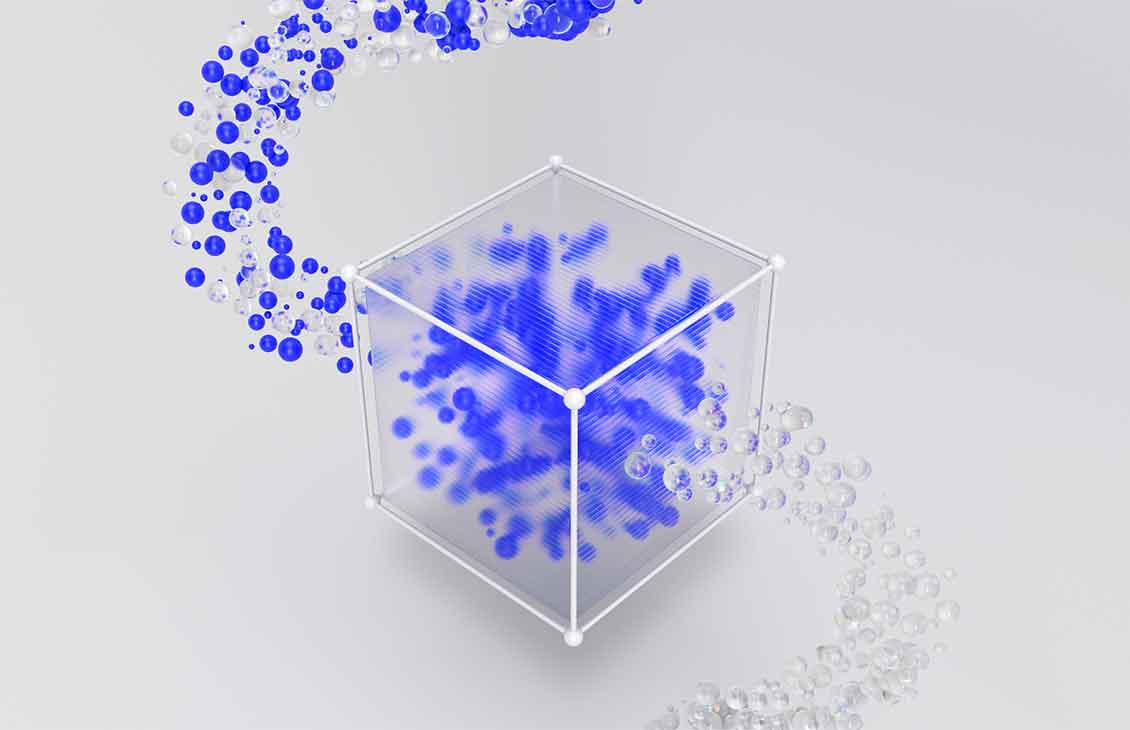
Remove harmful H2S from liquid and water-saturated gas streams. View
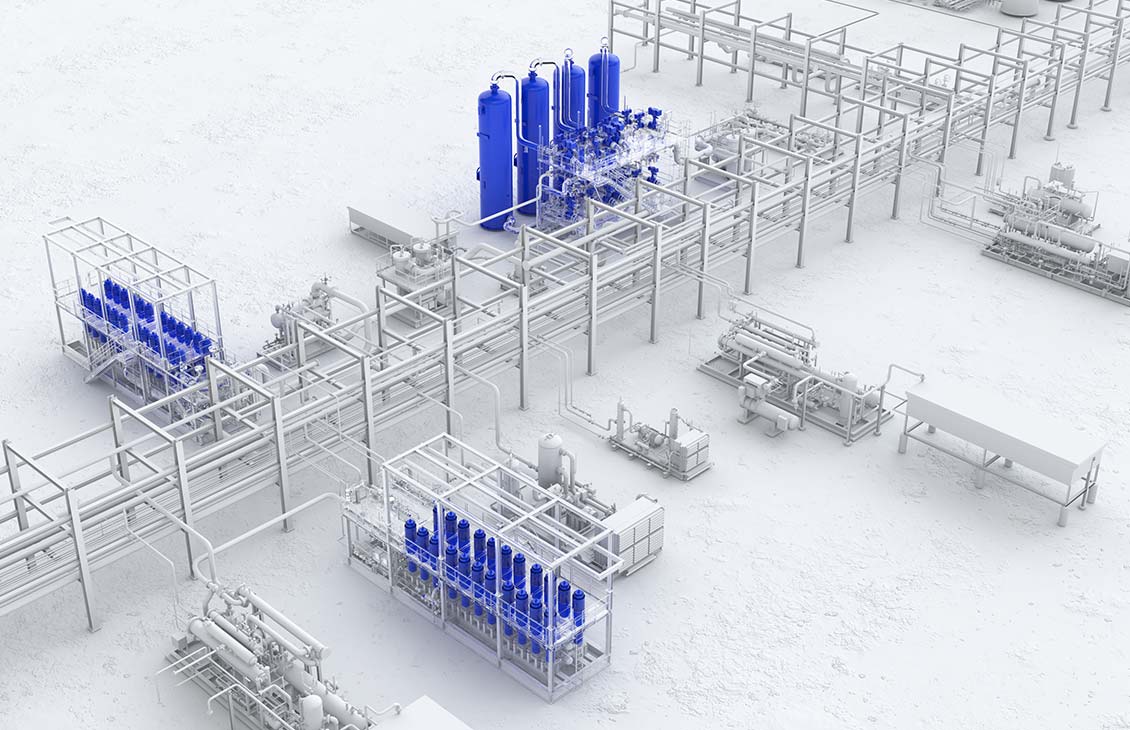
Optimize hydrocarbon processing to deliver on-specification product and reduce costs. View
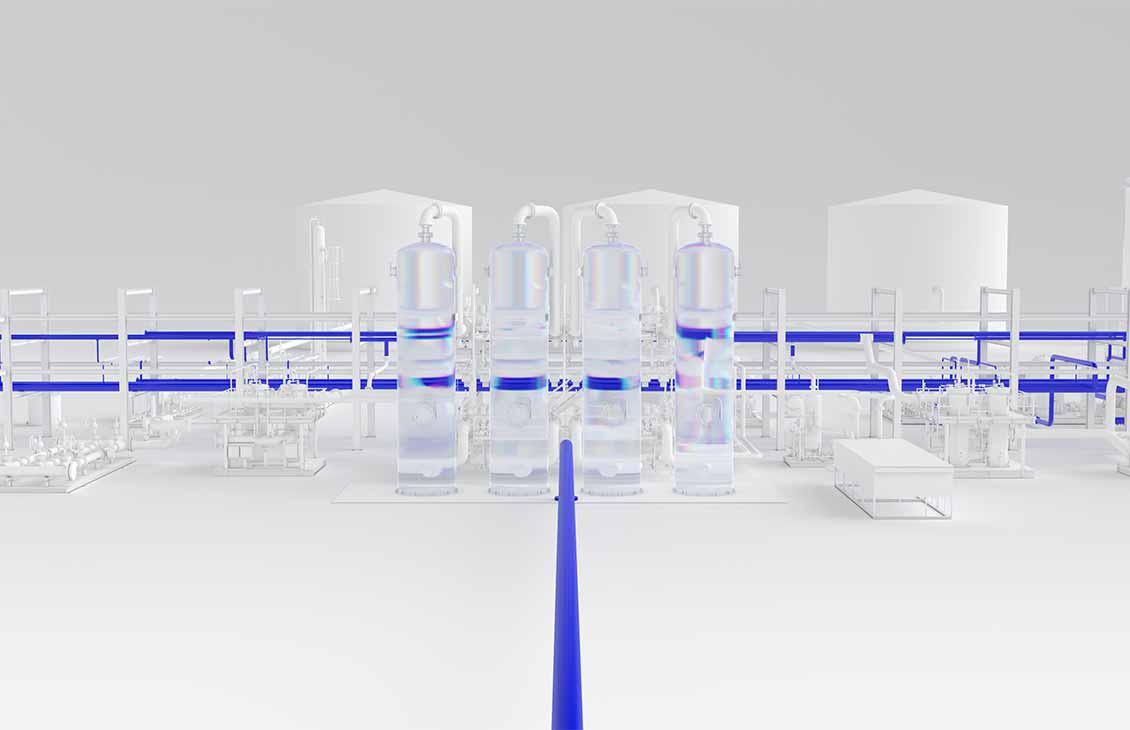
Capture all aspects of your models from reservoir to product distribution. View
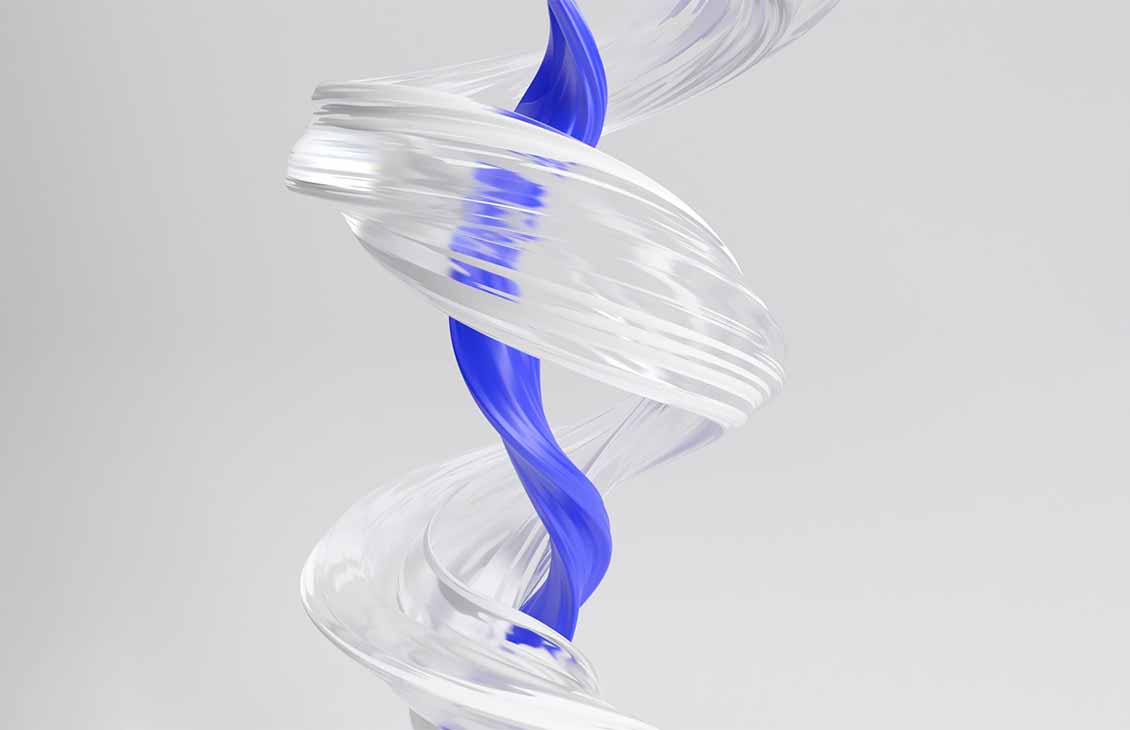
Use the industry-standard tool for dynamic multiphase flow simulation. View


Accelerate your path to net zero with flexible, reliable, collaborative, and cost-effective solutions across the CCUS value chain.
Explore more